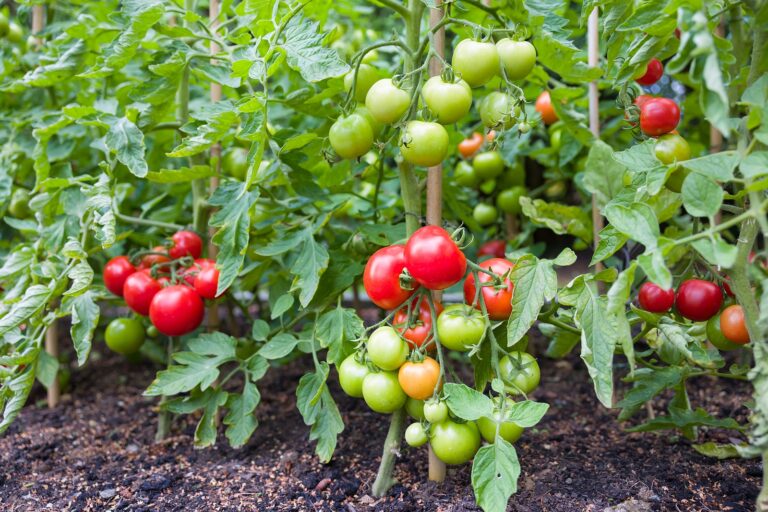The Regenerative Soil Food Web: How Microbes Feed Plants and Build Resilience
Healthy soil isn’t just dirt—it’s a living, breathing ecosystem teeming with billions of microorganisms that form the foundation of plant health. In regenerative vegetable gardening, understanding and supporting the soil food web is key to building long-term fertility and resilience.
What Is the Soil Food Web?
The soil food web describes the complex network of organisms—bacteria, fungi, protozoa, nematodes, arthropods, and earthworms—that live in the soil and interact with plant roots. Each plays a role in cycling nutrients, improving soil structure, and protecting plants from disease. This living web transforms organic matter into plant-available nutrients and builds a stable, resilient soil ecosystem.
Microbes as the Engine of Soil Fertility
Bacteria and fungi are the primary decomposers, breaking down dead plant material and organic matter into forms that plants can absorb. In regenerative systems, these microbes are not simply “helpers”—they are co-creators of soil fertility. Mycorrhizal fungi, for example, form symbiotic relationships with plant roots, extending their reach for water and nutrients like phosphorus and zinc. In exchange, plants supply the fungi with carbohydrates produced through photosynthesis.
Building a Balanced Soil Ecosystem
A balanced soil food web supports steady nutrient release, maintains good soil structure, and minimizes pest and disease pressure. When chemical fertilizers or pesticides disrupt this balance, microbial populations decline, and soil health suffers. Regenerative gardeners instead feed the web with compost, cover crops, and mulch, all of which supply carbon and organic matter—the fuel for microbial life.
How to Support the Soil Food Web
- Feed the soil regularly with compost, aged manure, and organic residues.
- Avoid tilling whenever possible to preserve fungal networks and soil aggregates.
- Keep living roots year-round with cover crops to maintain continuous microbial activity.
- Minimize chemical inputs that harm beneficial microbes.
- Add compost teas or biological inoculants to jumpstart microbial diversity.
My Experience
After decades of vegetable gardening, I’ve seen firsthand how fostering soil life transforms productivity. Beds once hard and lifeless now teem with worms and fungi, requiring less fertilizer and irrigation. Crops are more vigorous, pest issues fewer, and soil tilth continues to improve year after year.
The Regenerative Takeaway
When we shift our focus from feeding plants to feeding soil life, we unlock nature’s regenerative potential. The soil food web is not just an unseen community—it’s the living foundation of every thriving garden.

